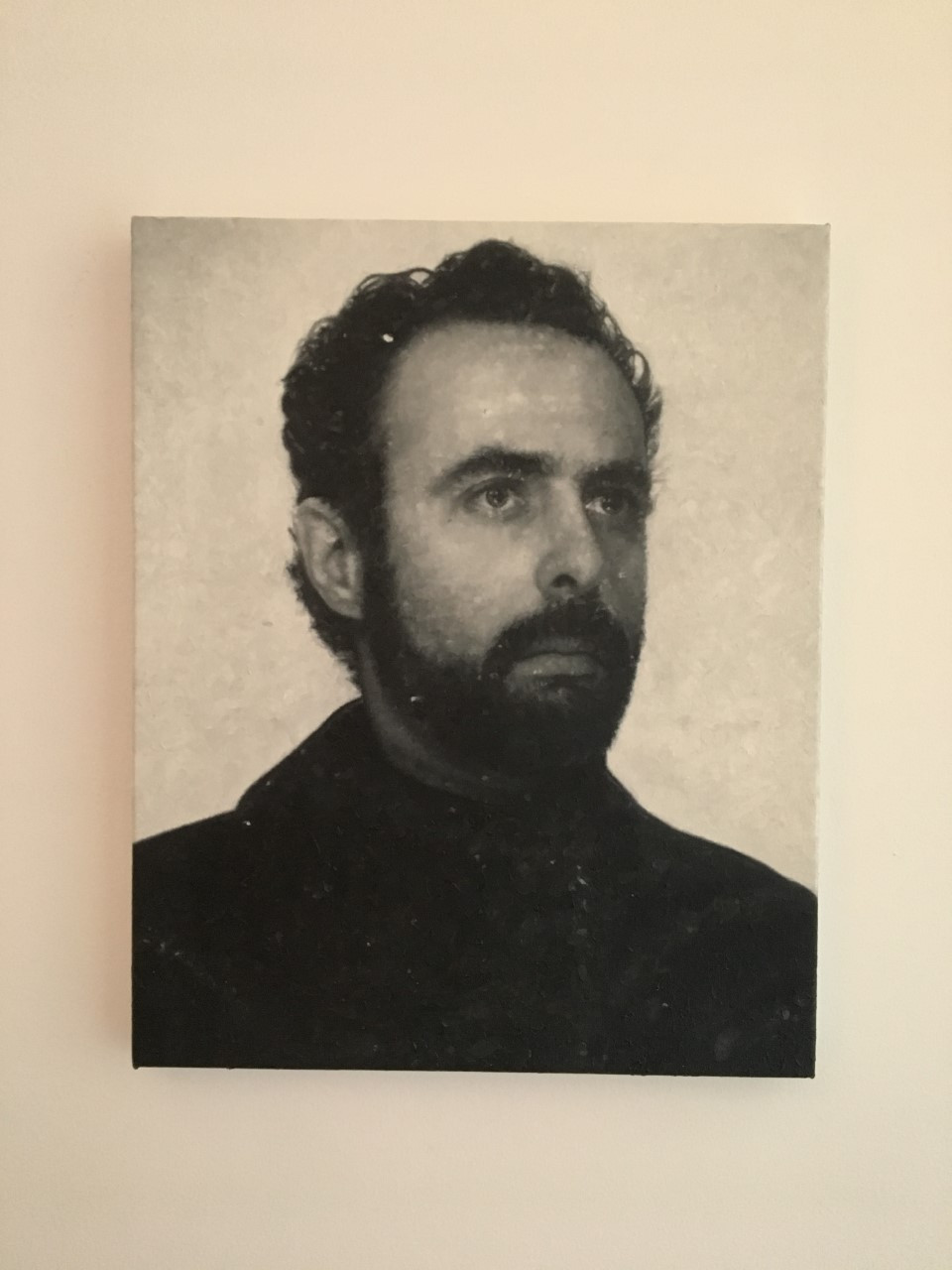ART NEWS
Ask a Curator: Francesco Bonami on a Tumultuous 2020 and Pantone’s Colors of the Year
Francesco Bonami, whose curatorial credits include the 2003 Venice Biennale and the 2010 Whitney Biennial, has returned for the tenth edition of his column, “Ask a Curator,” in which he looks back on 2020 and addresses Pantone’s colors of the year for 2021. He can be found on Instagram at @thebonamist. If you have queries for him for a future column, please write to editorial@artnews.com. —The Editors of ARTnews
It is safe to say that 2020 has been a tumultuous year for almost everyone. Looking back on art and the art world in 2020, what will you remember most?
The total denial of the art world and the delusional fantasy that this unbelievable, unpredictable crisis could be solved by moving business online. The physicality of art cannot be substituted. Museums, galleries, and art fairs need to be walked into, not browsed through. I don’t know what will come out of this. Maybe the art world will come out of this mess humbled, but I’m not sure if it will come out better.
Related Articles
Yet if we want to be moralistic, this traumatic year has brutally corrected the excess of the last two decades. Art needs to grow at its own pace like a plant, not explode like a bomb. Many artists exploded in the last few years; some got wounded, some got killed. The wounded will recover, but it will be painful. 2020 was also a year when justice took the upper hand in the arts. Many wrongs of the past were corrected. Let’s hope that the new rights will also be just. Being just right is not enough, if it is not followed by powerful programming.
Recently, ARTnews put together a list of the 20 defining artworks of 2020. What would you have added to the list, and why?
I would add the paintings of Andrew LaMar Hopkins. They are intimate and political without being bombastic. Also, the Netflix series Midnight Diner, which features short romantic stories about simple food in a Tokyo diner. Both LaMar Hopkins and Midnight Diner are art on a human scale. Small-scale art is one of the few positive things this pandemic brought back to our lives. We need more intimate romantic politics these days.
What would you say was the biggest art flop of 2020, and why?
I would say the online art fairs and their viewing rooms. They were visually very dated. And I know that I will be grilled and killed for what I am saying now, but I truly think David Zwirner’s new gallery with an all-Black staff, announced earlier this year, is also a flop. It is an utterly opportunistic move. But then, who the hell am I to say so?
Even though you included him in your 20 defining works of the 2020, I think any of Ai Weiwei’s self-promoting, exploitative tragedies are flops. Another huge flop was Marina Abramović taking over of Sky Art for five hours or so. Finally, Banksy’s market folly. I understand people making money, but please do not call it art. Not all Kentucky Fried Chicken is chicken.
Since a mysterious monolith first appeared in a Utah desert, sculptures of the sort like them have appeared all over the world. What are your thoughts on the monoliths, and why do you think they became so popular?
When I was very young almost half a century ago myself and a friend of mine went into the woods on the outskirts of Florence, we painted a huge boulder red, just for fun. I wonder what people who saw it thought about it. I think they considered it vandalism rather than creativity, as they did with the monolith. The monolith was nothing compared with Smithson’s Spiral Jetty or Michal Heizer’s excavations. I am surprised people made such a big deal out of it. Anybody with a good pick-up truck could place something of that kind in a desert. If it were to have appeared in any city square, it would have been seen just as public art. A few years ago, I installed Urs Fischer’s Big Clay in the middle of the Piazza della Signoria in Florence, where it looked much more like a meteorite. People just hated it.
If I were to have placed the monolith appeared in a corn field, people would have been in awe. I think people crave inexplicable phenomena to add some spice to their daily boring lives. We believe in things fallen out of space when our inner spaces feel empty.
Pantone recently named its colors of the year for 2021: Ultimate Grey and Illumination, a shade of yellow. According to Pantone, these were meant to signify hope. What do you make of the colors? Would you have chosen something else instead?
I would have chosen orange. In 1991, at New York’s Daniel Newburg Gallery, on the first floor in a building on Broadway, my friend Rudolf Stingel did a show just with a wall-to-wall orange carpet. Passersby could see the glow from the street. It was about hope and despair. It was radical. I think that in 2021 we should celebrate both hope and despair—and try to be as radical as we can be.
Source link











